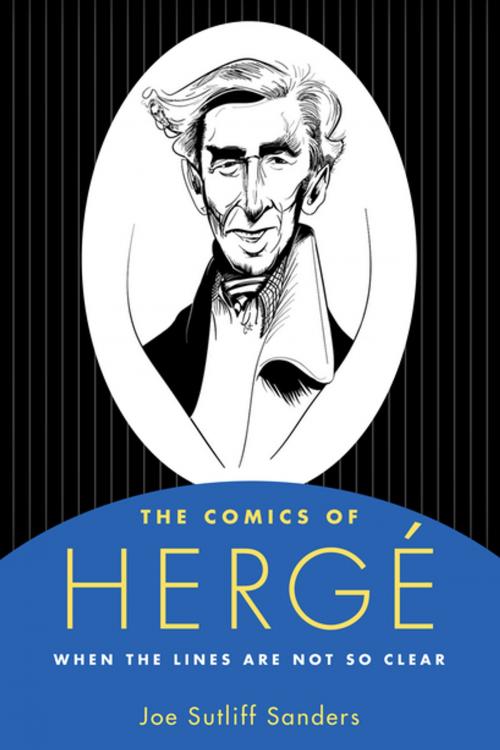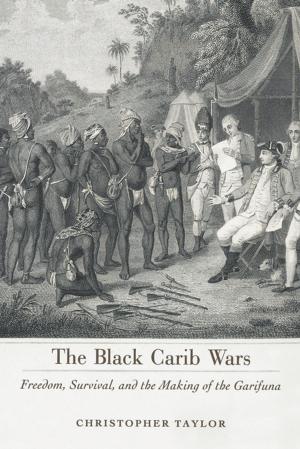The Comics of Hergé
When the Lines Are Not So Clear
Nonfiction, Art & Architecture, General Art, Individual Artist, Social & Cultural Studies, Social Science, Cultural Studies, Popular Culture, Fiction & Literature, Literary Theory & Criticism| Author: | ISBN: | 9781496807274 | |
| Publisher: | University Press of Mississippi | Publication: | July 28, 2016 |
| Imprint: | University Press of Mississippi | Language: | English |
| Author: | |
| ISBN: | 9781496807274 |
| Publisher: | University Press of Mississippi |
| Publication: | July 28, 2016 |
| Imprint: | University Press of Mississippi |
| Language: | English |
As the creator of Tintin, Hergé (1907-1983) remains one of the most important and influential figures in the history of comics. When Hergé, born Georges Prosper Remi in Belgium, emerged from the controversy surrounding his actions after World War II, his most famous work leapt to international fame and set the standard for European comics. While his style popularized what became known as the "clear line" in cartooning, this edited volume shows how his life and art turned out much more complicated than his method.
The book opens with Hergé's aesthetic techniques, including analyses of his efforts to comprehend and represent absence and the rhythm of mundaneness between panels of action. Broad views of his career describe how Hergé navigated changing ideas of air travel, while precise accounts of his life during Nazi occupation explain how the demands of the occupied press transformed his understanding of what a comics page could do. The next section considers a subject with which Hergé was himself consumed: the fraught lines between high and low art. By reading the late masterpieces of the Tintin series, these chapters situate his artistic legacy. A final section considers how the clear line style has been reinterpreted around the world, from contemporary Francophone writers to a Chinese American cartoonist and on to Turkey, where Tintin has been reinvented into something meaningful to an audience Hergé probably never anticipated.
Despite the attention already devoted to Hergé, no multi-author critical treatment of his work exists in English, the majority of the scholarship being in French. With contributors from five continents drawing on a variety of critical methods, this volume's range will shape the study of Hergé for many years to come.
As the creator of Tintin, Hergé (1907-1983) remains one of the most important and influential figures in the history of comics. When Hergé, born Georges Prosper Remi in Belgium, emerged from the controversy surrounding his actions after World War II, his most famous work leapt to international fame and set the standard for European comics. While his style popularized what became known as the "clear line" in cartooning, this edited volume shows how his life and art turned out much more complicated than his method.
The book opens with Hergé's aesthetic techniques, including analyses of his efforts to comprehend and represent absence and the rhythm of mundaneness between panels of action. Broad views of his career describe how Hergé navigated changing ideas of air travel, while precise accounts of his life during Nazi occupation explain how the demands of the occupied press transformed his understanding of what a comics page could do. The next section considers a subject with which Hergé was himself consumed: the fraught lines between high and low art. By reading the late masterpieces of the Tintin series, these chapters situate his artistic legacy. A final section considers how the clear line style has been reinterpreted around the world, from contemporary Francophone writers to a Chinese American cartoonist and on to Turkey, where Tintin has been reinvented into something meaningful to an audience Hergé probably never anticipated.
Despite the attention already devoted to Hergé, no multi-author critical treatment of his work exists in English, the majority of the scholarship being in French. With contributors from five continents drawing on a variety of critical methods, this volume's range will shape the study of Hergé for many years to come.















